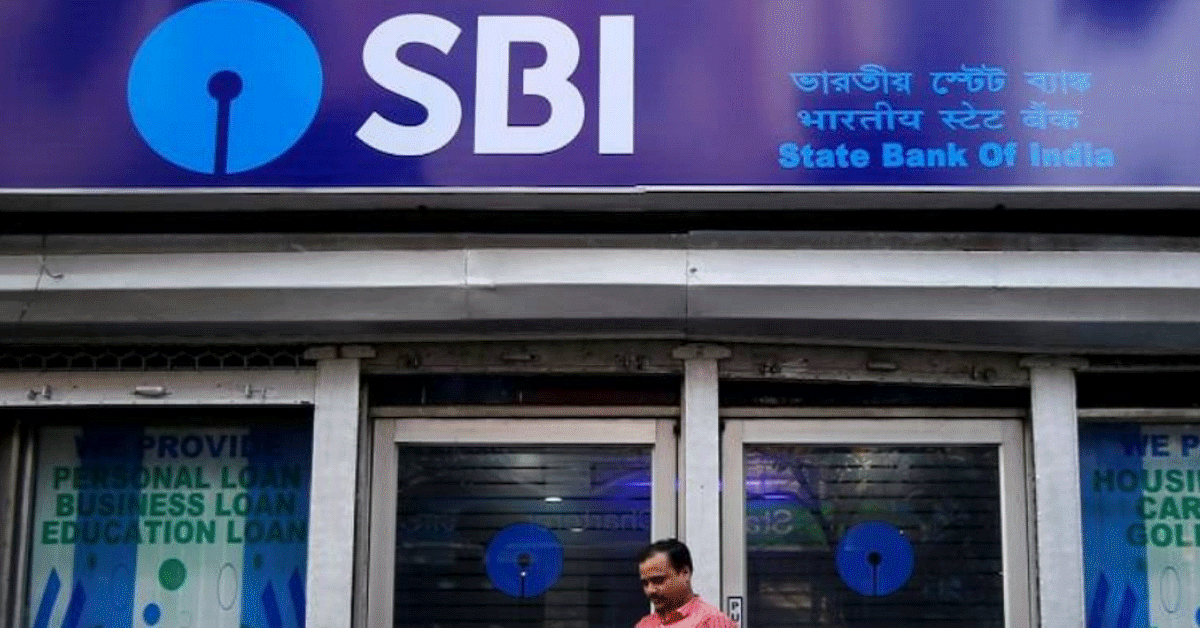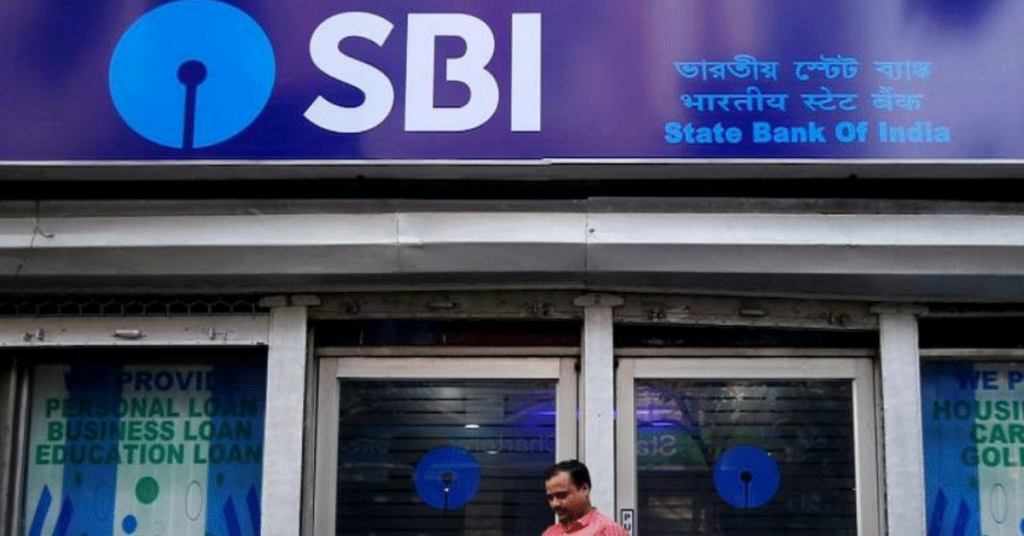State Bank of India’s website explains how to receive Equated Monthly Instalments-EMIs by depositing a lumpsum amount. These EMIs represent a part of the principal amount and interest on the reducing principal amount and are returned to customers in the form of monthly instalment plus interest. Interest is compounded on quarterly basis and discounted to the monthly value.
Primary Features:
- The scheme is available at all branches.
- All residential individuals including minors can avail this facility. NRE and NRO categories are not allowed to access it.
- Amount is based on a minimum monthly annuity of Rs.1000 for the relevant period. However, the interest shall start only after a fixed time.
- Minimum deposit should not be below Rs.25,000.
- There is no upper limit or a maximum deposit amount.
- Rate of interest will be as applicable to Term Deposits. At present SBI gives a 2.9% to 5.40% interest rate on deposits ranging from 7 days to 10 years. (w.e.f.8th January 2021)
- The rate applicable to all Senior Citizens of age 60 years and above will be 0.50% above the applicable rate.
- Nomination is available. But it can be done only by visiting the branch, online nomination is not possible.
- Period of deposit is 36-60-84 months or 120 months. Or 3yrs/5yrs/7yrs and 10 yrs.
- Transfers are allowed among the branches and a universal passbook shall be issued.
- On the anniversary date of the month following the amount of deposit the payment of annuity shall be made. In case where dates are non-existent like 29th,30th and 31st then it will be paid on the first day of the coming month.
- Annuity payment net of TDS is linked to SB/CA account and will be credited accordingly.
- Overdraft/loan up to 75% of the balance amount of annuity may be granted on special cases by the bank.
- After disbursal of Overdraft/loan, further annuity payment will be deposited in loan account only.
- The account can not be closed online. Premature payments are allowed only in case of death of the depositor.
This scheme is not the same as Recurring Deposit account. Because in the case of Recurring Deposits, the customer makes the payments in instalments and receives the maturity amount at the maturity date. Whereas in the case of annuity deposit, the bank accepts a one- time deposit and it is repaid to the customer in the form of the amount plus the interest on reducing balance method over the period of months selected by the customer. Again, it is not the same as bank FD. SBI FD takes a one-time deposit and the maturity amount is given by the bank on maturity date which composes of principal and interest in case of STDR and principal in case of TDR as interest is paid at periodic interval.
Maturity instructions are not applicable for annuity deposits. A savings, current or OD account can be debited to open annuity deposit account. The account should be operational through internet banking and it must not be a dormant or locked or stopped account.
Benefits:
- It offers different tenor plans ranging from 3-5-7 to 10 years.
- Payment will be done in advance only in case of death of the account holder. Otherwise, it does not make any prepayments.
- For all the annuity deposits the rate of interest is the same as that of its term and fixed deposits.
- Loan against this account is available.
- Minimum amount is fixed but the there is no limit for the depositors in case of SBI annuity deposit scheme.

